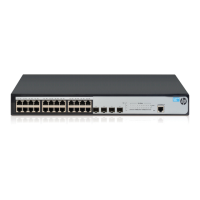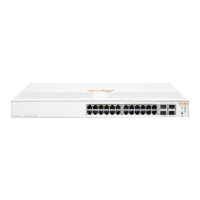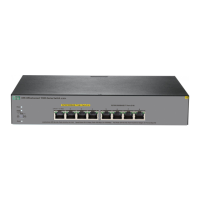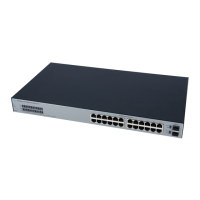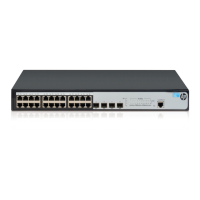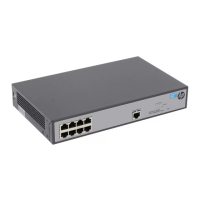348
Controlled/uncontrolled port and port authorization status
802.1X defines two logical ports for the network access port: controlled port and uncontrolled port. Any
packet arriving at the network access port is visible to both logical ports.
• Controlled port—Allows incoming and outgoing traffic to pass through when it is in the authorized
state, and denies incoming and outgoing traffic when it is in the unauthorized state, as shown
in Figure 318.
The controlled port is set in authorized state if the client has passed authentication,
and in unauthorized state, if the client has failed authentication.
• Uncontrolled port—Is always open to receive and transmit EAPOL frames.
Figure 318 Authorization state of a controlled port
In unauthorized state, a controlled port controls traffic in one of the following ways:
• Performs bidirectional traffic control to deny traffic to and from the client.
• Performs unidirectional traffic control to deny traffic from the client.
The device supports only unidirectional traffic control.
802.1X-related protocols
802.1X uses the Extensible Authentication Protocol (EAP) to transport authentication information for the
client, the network access device, and the authentication server. EAP is an authentication framework that
uses the client/server model. It supports a variety of authentication methods, including MD5-Challenge,
EAP-Transport Layer Security (EAP-TLS), and Protected EAP (PEAP).
802.1X defines EAP over LAN (EAPOL) for passing EAP packets between the client and the network
access device over a wired or wireless LAN. Between the network access device and the authentication
server, 802.1X delivers authentication information in one of the following methods:
• Encapsulates EAP packets in RADIUS by using EAP over RADIUS (EAPOR), as described in "EAP
re
lay
."
• Extracts authentication information from the EAP packets and encapsulates the information in
standard RADIUS packets, as described in "EAP termination."
Controlled port Uncontrolled port
Authenticator system 1
LAN
Controlled port Uncontrolled port
Authenticator system 2
LAN
Port unauthorized
Port authorized

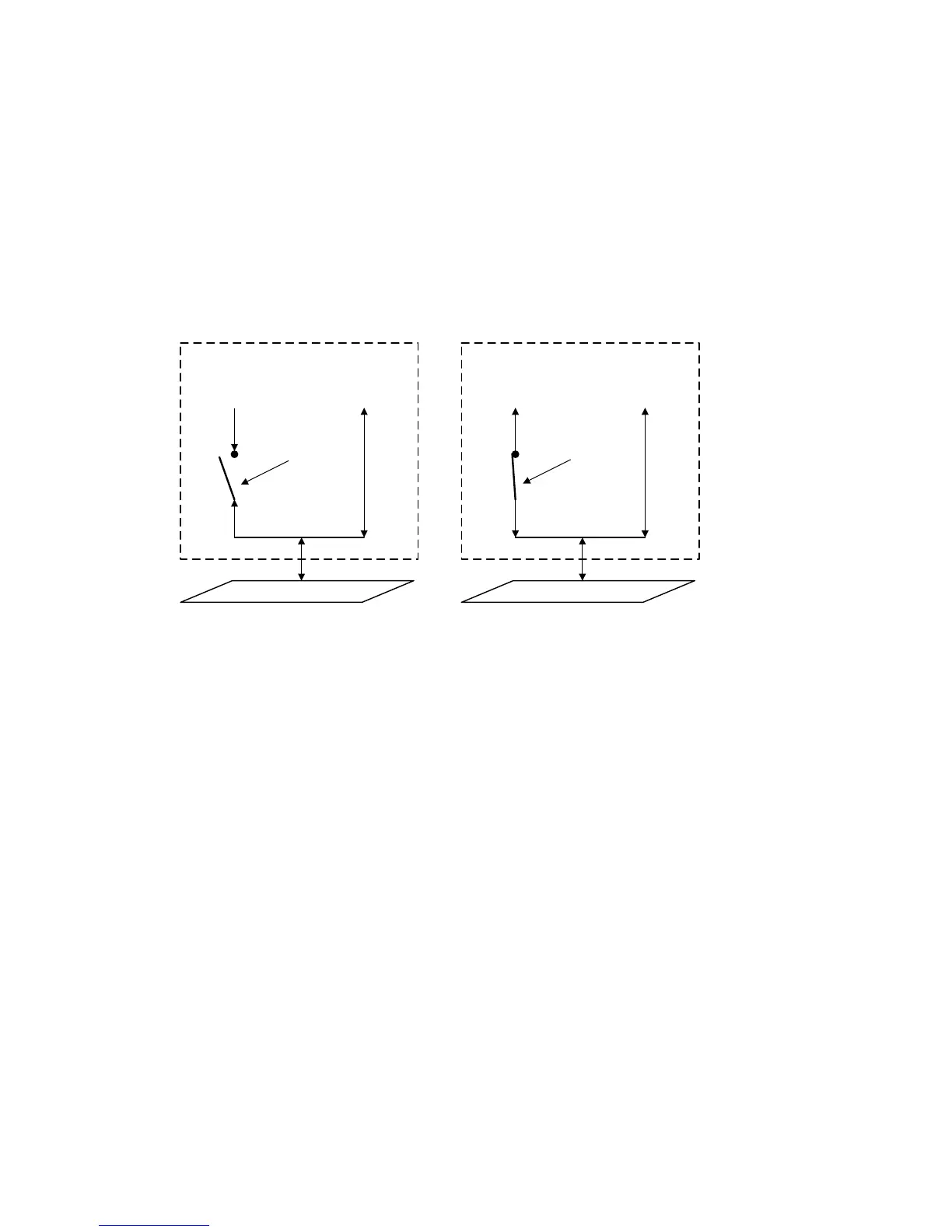